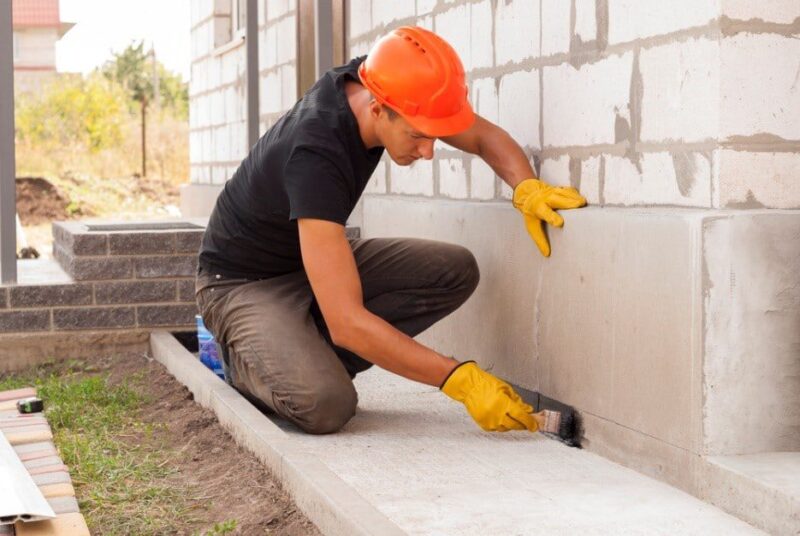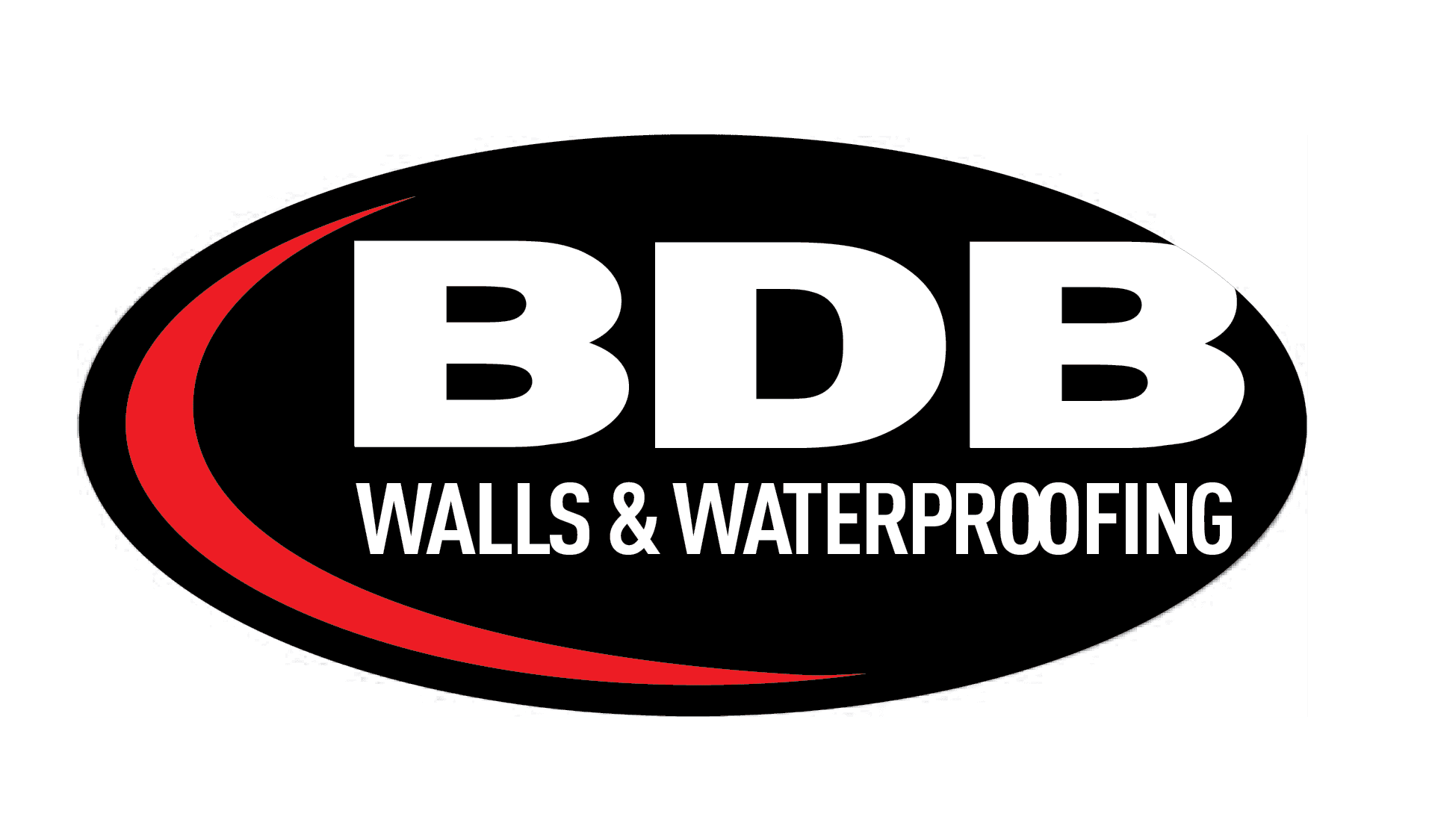
Three Steps to Prevent Snow Damage to Your Foundation
Oh Nebraska weather: “If you don’t like the weather, just wait 5 minutes.” You know how it goes – one day it is 60* and sunny, the next it is freezing temperatures and snow, and then back again. Not only can this cycle be frustrating when choosing outfits each day, but it can be harmful to the foundation of your home.
The cold air of winter can cause the soil surrounding your home to become dried and cracked. This can cause cracks and settlement in your foundation. Then – melted snow can seep into the cracks and gather around your foundation. Eventually this drainage will cause pressure to push up against the foundation of your home. You may start to see cracks in both your interior and exterior walls, your floors sink, and your doors and windows may start to stick.
This can also cause flooding and water damage in your basement, which can be a hassle and expensive to repair. And then when the water re-freezes in those cracks of your foundation, they will expand and grow – which will make the damage to your foundation even worse.
So, what can you do to prevent major damage to your home’s foundation? Here are three suggestions from our experts:
Waterproof Your Basement
There are two places that you need to consider when waterproofing your basement – both the interior and the exterior.
Interior basement waterproofing includes both reactive and proactive actions to ensure your basement is protected from outside moisture. This can include both installing perimeter drains as well as repairing leaking plumbing lines. It is important to have a professional come to inspect what areas need to be repaired and what you can do for prevention.
Exterior waterproofing begins with an inspection of the foundations for any cracks. If any our found, an expert can come and apply an exterior waterproofing membrane which keeps water from seeping in through the cracks. A proactive action that can be taken is identifying poor yard grading or drainage issues which may involve water pooling up in certain spots on your lawn.
Invest in a Sump Pump
A vital part of waterproofing the interior of your basement is the installation of a sump basin and sump pump. This system works to collect water from drainage systems and redirect the moisture out and away from the home. Once the water inside the sump basin reaches a certain level, it is sent out and away from the home. To further protect your home, you can install a sump pump battery backup and sump pump alarm which will be activated in case the primary pump fails, or if the sump loses electricity during a storm.
Purchase a Dehumidifier
You may think that dehumidifiers are used mainly to decrease moisture in your home to prevent mold from forming – which is a valuable function of a dehumidifier – but it also is helpful to have on hand for any type of unwanted or excessive moisture – including leaking water from melted snow or cracks in your foundation.
In the event that you have water coming into your basement, a powerful dehumidifier will dry your basement out faster. The experts at BDB Waterproofing recommend installing a high-capacity dehumidifier to keep your basement dry, odor-free and mold-free.
Call BDB Waterproofing today!
Don’t let the weather outside be frightful. Contact BDB Waterproofing at at 402-779-3165 or use the contact form on our website to safeguard your foundation this winter.
